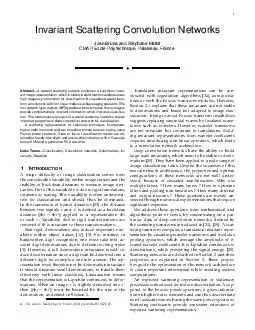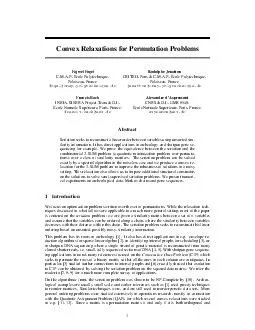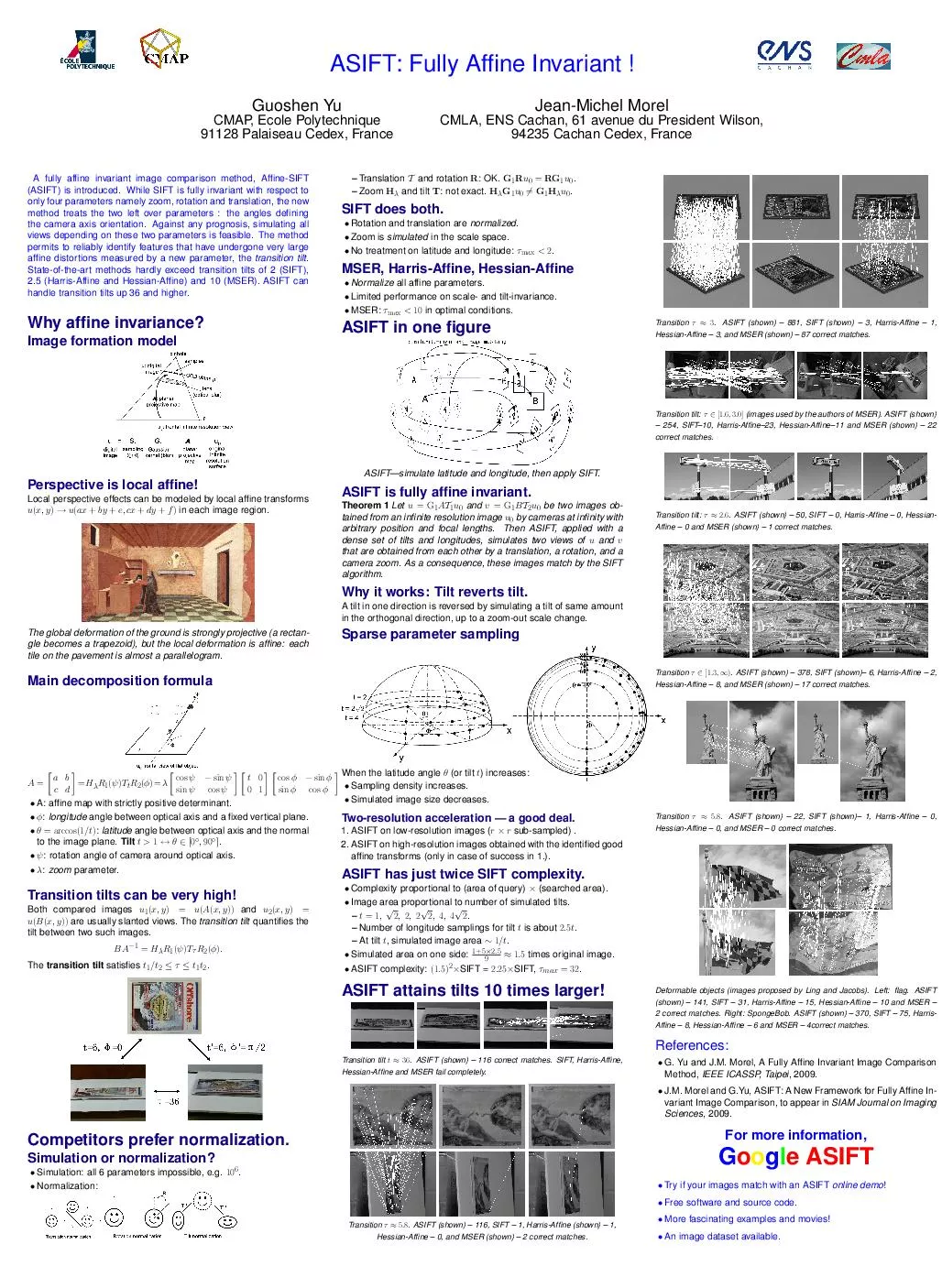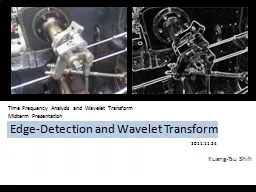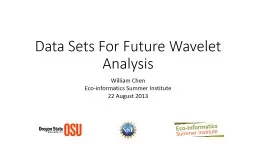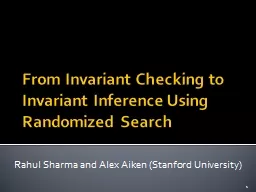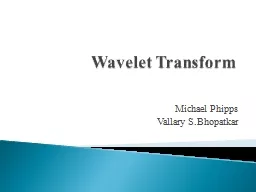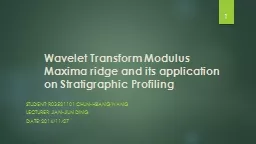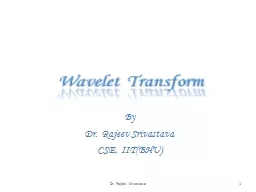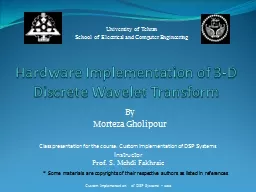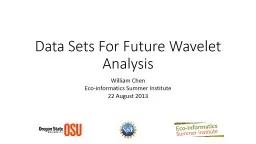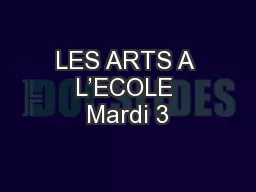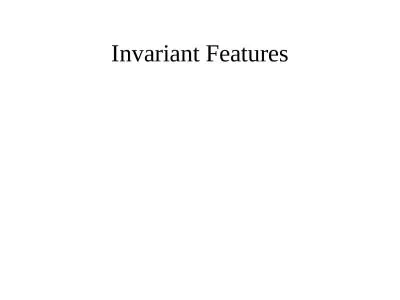PDF-Invariant Scattering Convolution Networks Joan Bruna and St ephane Mallat CMAP Ecole Polytechnique
Author : myesha-ticknor | Published Date : 2014-12-14
It cascades wavelet trans form convolutions with nonlinear modulus and averaging op erators The 64257rst network layer outputs SIFTtype descriptors whereas t he
Presentation Embed Code
Download Presentation
Download Presentation The PPT/PDF document "Invariant Scattering Convolution Network..." is the property of its rightful owner. Permission is granted to download and print the materials on this website for personal, non-commercial use only, and to display it on your personal computer provided you do not modify the materials and that you retain all copyright notices contained in the materials. By downloading content from our website, you accept the terms of this agreement.
Invariant Scattering Convolution Networks Joan Bruna and St ephane Mallat CMAP Ecole Polytechnique: Transcript
Download Rules Of Document
"Invariant Scattering Convolution Networks Joan Bruna and St ephane Mallat CMAP Ecole Polytechnique"The content belongs to its owner. You may download and print it for personal use, without modification, and keep all copyright notices. By downloading, you agree to these terms.
Related Documents

